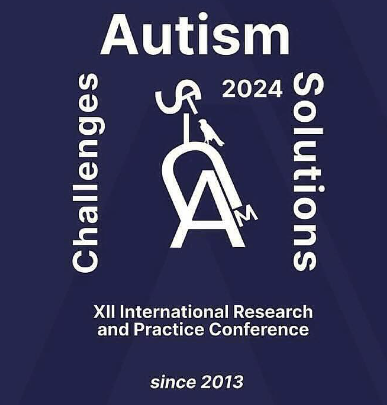Published 2024-06-07
Keywords
- Applied Behavior Analysis (ABA),
- Principles of Behavior,
- Scientist -Practitioner Model,
- Behavioral Science
How to Cite
Abstract
The discovery of the Principles of Behavior was the result of experiments conducted by a small group of scientists in laboratory settings with non-human subjects. These experiments suggested that behavior was not only lawful and predictable but could be controlled given the correct application of contingencies. When these same principles were applied to important human behavior in natural settings that the same effects on behavior occurred. And just like that, “Applied Behavior Analysis” emerged. Since the 1960’s, ABA has made a significant and positive impact on the quality of lives of countless individuals. The “scientist-practitioner” model advanced the practice by remaining science-based and producing a large body of evidence demonstrating that treatment procedures were technical, replicable, conceptually systematic, effective, and adept to generality. We now possess a powerful science. The effectiveness is so powerful that there has been rapid growth over the past 10 years in the number of practitioners, availability of funding sources, and demand for access to treatment. This is a good thing, right? This presentation will discuss the answer to that question by exploring new ideas, approaches, and practices that are growing in popularity within the field of behavior analysis. The questions we should ask to evaluate the functional value of new treatment approaches and the need for on-going clinical practice standards to ensure we remain a science of human behavior.

